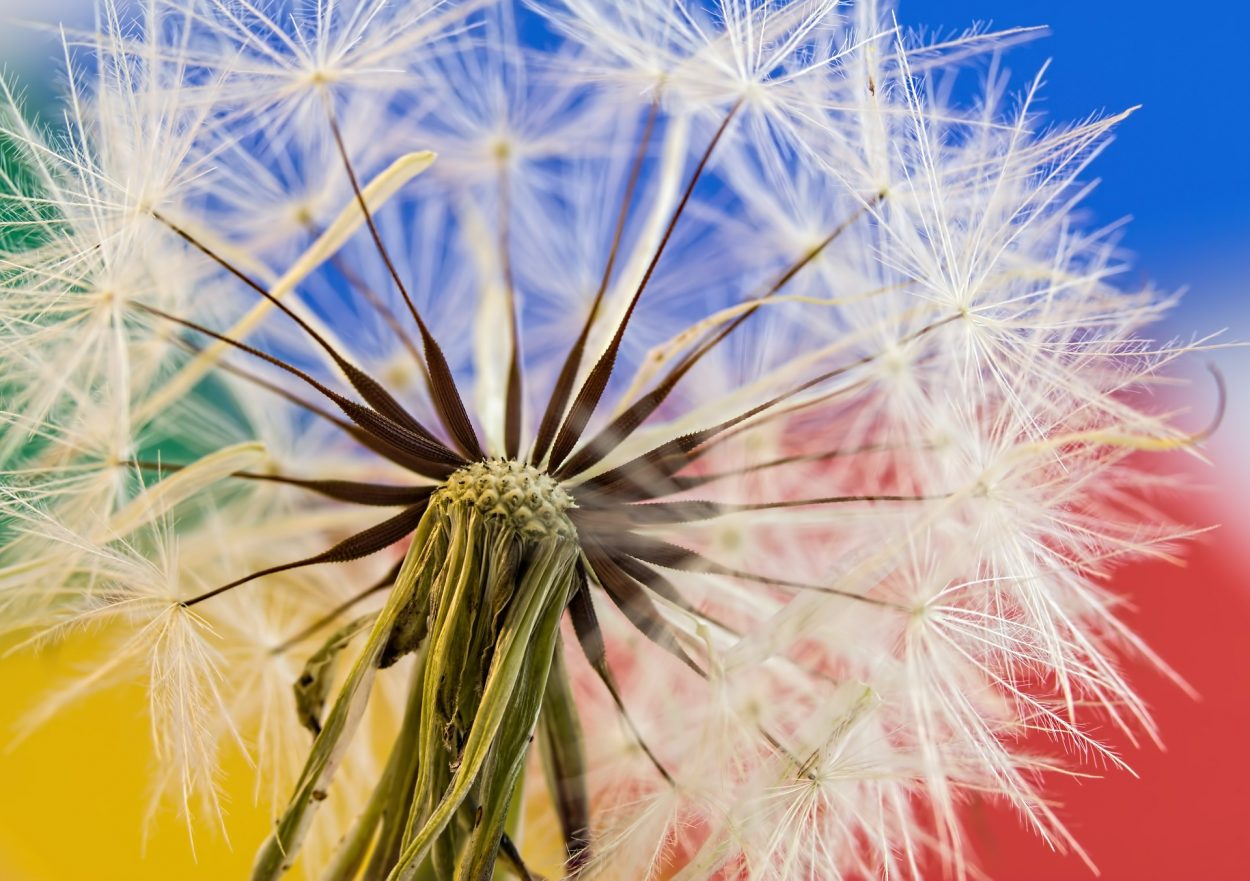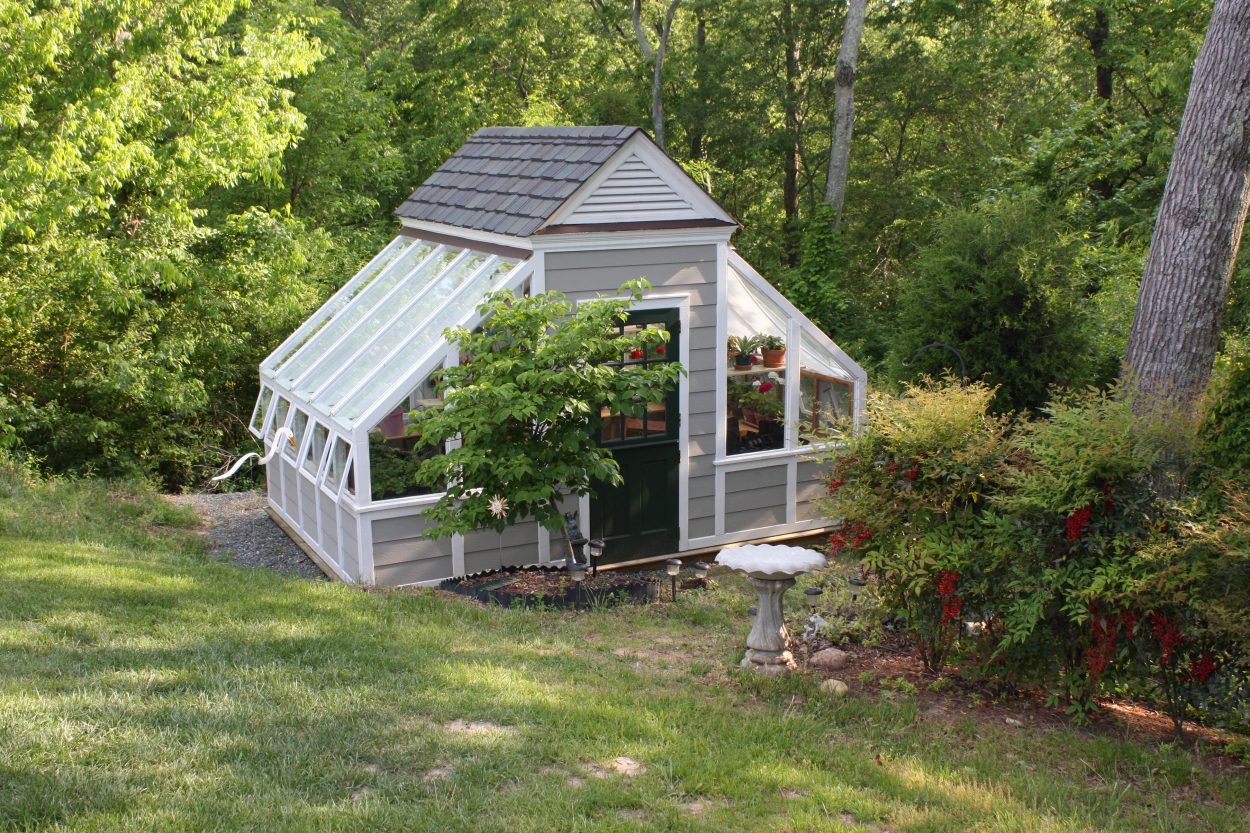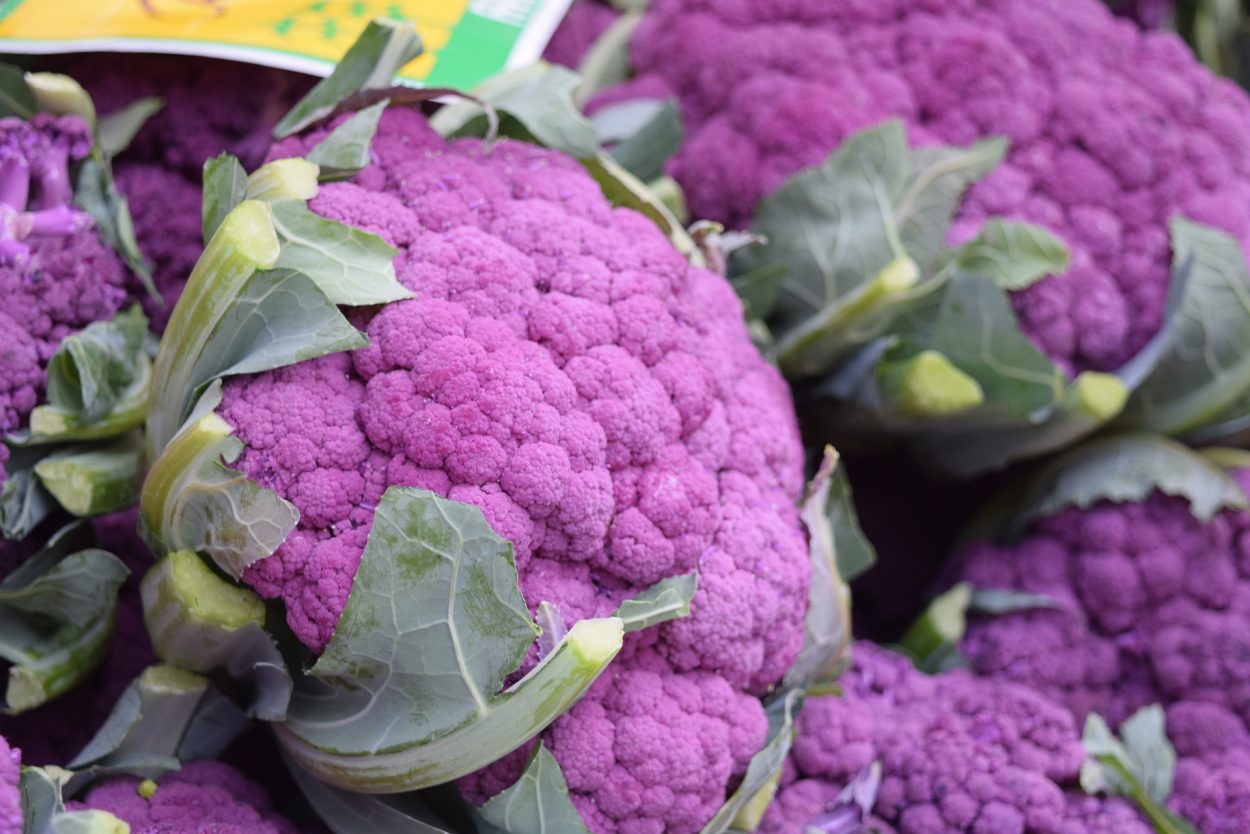2018 Gardening Trends
Society’s 24/7 connectedness, public unrest and hectic schedules are taking their toll. In fact, the World Health Organization predicted anxiety will oust obesity as the No. 1 health issue by 2030. So, if stress relief and wellness are your New Year’s resolutions, consider a return to nature. 2018 gardening trends point in this direction.
“Being in nature and around water shifts our brain toward hope and compassion and away from stress and anger,” said Dr. Wallace J. Nichols, evolutional ecologist and neuro-conservationist.
Why not give it a try? Your mental, emotional and physical health will be glad you did! The following ideas, from the “2018 Garden Trends Report,” may provide the incentive you need.

An unsprayed lawn dotted with dandelions and other so-called weeds demonstrates an ecological commitment.
Imperfect gardening
Leisure time should be just that: relaxing and rejuvenating. So why labor relentlessly to create and maintain a perfect landscape? Dr. Ilana Goldowitz Jimenez, a plant scientist, encouraged homeowners to embrace wabi-sabi, the Japanese art of accepting transience and imperfect beauty. Relax and appreciate nature as it is, with humble imperfections, weeds and all. Recognize (and tell others) that dandelions and clover in untreated lawns are not blights. They are status symbols for ecological horticulture. Consider natural grasses and groundcovers as low-maintenance substitutes for sod. Opt for perennials instead of annuals, let flowers go to seed and give nature license to evolve on her own. As Dr. Jimenez suggested, “Practice the delicate balance between nature and nurture.”
More 2018 Gardening Trends
Grow your own protein
Eating less meat and more plants continues to be a growing trend, especially among millennials. The term flexitarian describes this veggie-focused consumer who eats some meat, fish or poultry, but typically dines meatless at least once a week. As many as 23 million Americans identify as flexitarians, according to research by Mintel. Some consumers are taking the eat-more-plants trend one step further, by growing their own organic, protein-rich vegetables.
Purple marks health
“Richly colored purple foods are popping up everywhere,” said a Whole Foods annual trend advisory of 2018 gardening trends. “Purple cauliflowers, black rice, purple asparagus, elderberries, acai, purple sweet potatoes, purple corn and cereal will be favorites amongst customers.” That’s good news because the USDA says purple antioxidants help fight cancer, reduce obesity, provide anti-aging benefits, protect the heart and promote mental strength. Purple veggies and herbs offer another bonus: a punch of color in the landscape.
Social networking
Plants seldom grow individually, they co-exist in communities. We can learn from their social networks. Each plant is distinct, yet it interrelates with others through color palette, pattern and visual identity. One plant may support another as it offers shade, decreases water runoff or provides windbreak. Plants also create a mutually beneficial relationship by supporting those that are different. For example, a plant provides food, shelter and habitat for insects and wildlife that, in turn, spread the plant’s pollen or seeds. We can create our own garden networks by planting “eco-tones” (plants that work in harmony), adding green mulch over bare soil, selecting self-seeding flowers and using native plants.
Breathing rooms
To lessen stress and clear the mind, try deep breaths of fresh air and periods of silence. These may be hard to find indoors, where stale or chemically polluted air and background noise may be the norm. Wellness experts suggest creating breathing rooms: quiet areas set aside for reflection, meditation and relaxation. Benefits are maximized by the addition of a green canopy of leafy plants—such as ferns, palms, philodendrons—that clean the air as they bring nature in.
Climate control
“We are in the unfortunate situation of being the first generation of gardeners, ever, who cannot rely on historical weather records to tell us what to expect in the future,” said Davide Wolfe, with Cornell University’s department of horticulture. Propagators have responded by developing new varieties of resilient, weather-hardy plants. So, in addition to selecting resilient plant varieties that better withstand wind, water, and temperature extremes, gardeners are turning to indoor gardening, mini greenhouses and glasshouses.

Brenda Miller’s greenhouse, near her Varina home, enables year-round gardening regardless of climate trends.
2018 Gardening Trends was first published in the Richmond Times-Dispatch in January 2018. The “2018 Garden Trend Report” was referenced for information and photos.
